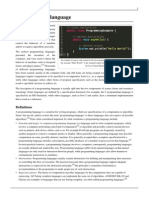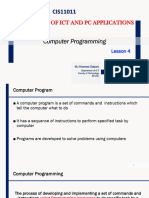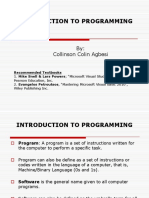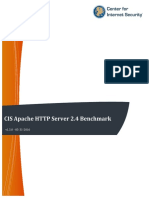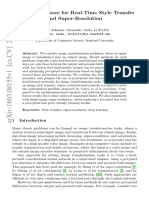0% found this document useful (0 votes)
35 views31 pagesLESSON 1 - Programming Languages
The document provides an overview of programming languages, defining them as tools for creating software and categorizing them into various types such as high-level, low-level, declarative, imperative, procedural, general-purpose, and domain-specific languages. It discusses the characteristics and examples of each type, as well as the concepts of object-oriented programming and the advantages and disadvantages of command and scripting languages. Additionally, it highlights the process of compiling and executing code, along with references for further reading.
Uploaded by
Bianca PangilinanCopyright
© © All Rights Reserved
We take content rights seriously. If you suspect this is your content, claim it here.
Available Formats
Download as PPTX, PDF, TXT or read online on Scribd
0% found this document useful (0 votes)
35 views31 pagesLESSON 1 - Programming Languages
The document provides an overview of programming languages, defining them as tools for creating software and categorizing them into various types such as high-level, low-level, declarative, imperative, procedural, general-purpose, and domain-specific languages. It discusses the characteristics and examples of each type, as well as the concepts of object-oriented programming and the advantages and disadvantages of command and scripting languages. Additionally, it highlights the process of compiling and executing code, along with references for further reading.
Uploaded by
Bianca PangilinanCopyright
© © All Rights Reserved
We take content rights seriously. If you suspect this is your content, claim it here.
Available Formats
Download as PPTX, PDF, TXT or read online on Scribd
/ 31































